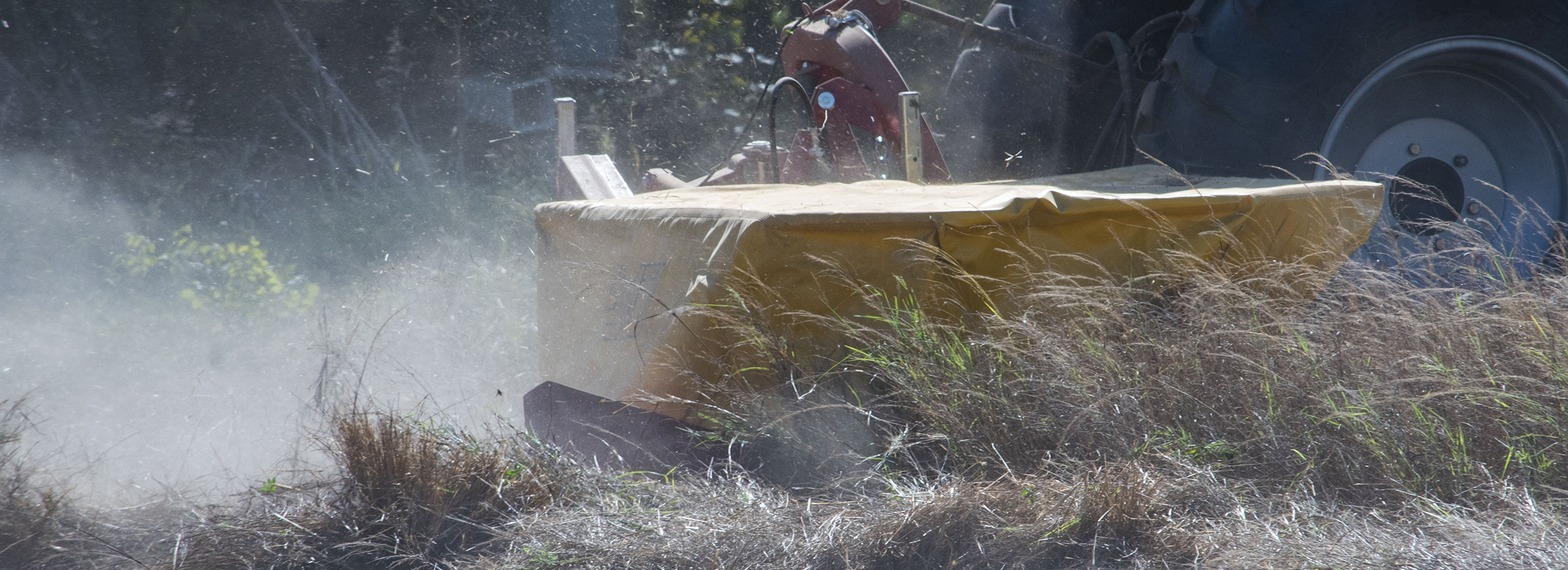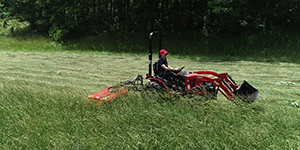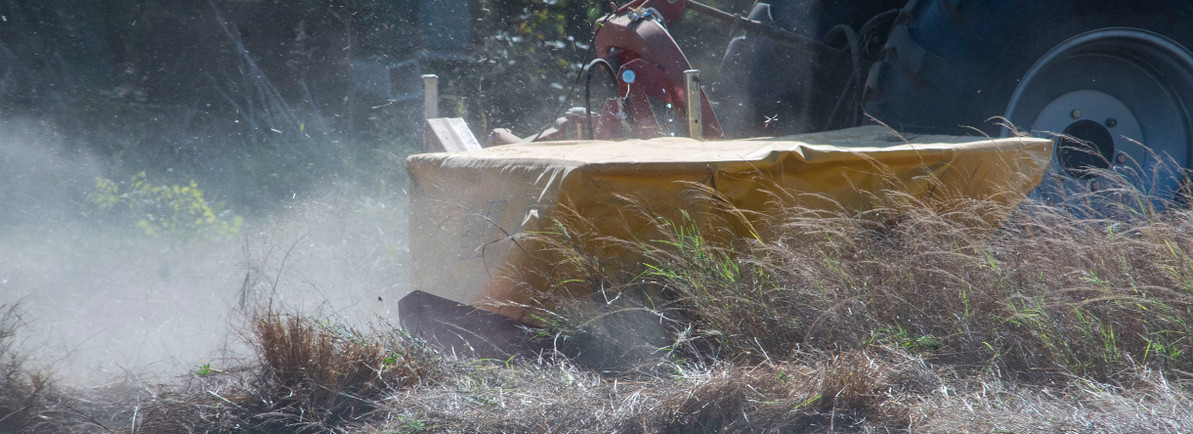When to Cut Your Hay

The month of January may seem like a strange time to discuss the best time to cut hay, but why not use the slow winter months to prepare for a great baling season? Once the grass starts growing, you’ll need to be ready to spring into action!
A haying season is divided up by its cuttings. In the northern regions of the US and Canada where the summer season is shorter, farmers aim for 2 cuttings a season. The middle regions aim for 3 while the southern regions might manage 4 or more in a good year. The number of cuttings per season depends greatly on the amount of rain, the temperatures, and the geography of a location. Optimum conditions for first cuttings can generally be expected around May 15th in the south and May 25th in the north.

Though different cuttings provide different levels of nutrition (a topic for a future blog), the most important determination of hay quality is its state of maturity when cut. Therefore, the best time to do any cutting is when grasses have reached what is called the “late boot stage”. This stage is typically reached after 6 to 8 weeks of growth in the spring or 6 to 8 weeks after a previous cutting.
The “late boot stage” is when the seed head of the grasses first pops out of the sheath. At this point in the growing process, grasses are just ending a stage of vegetative growth and protein levels of 13-15% can be expected. After this point, grasses enter a reproductive stage of growth where they rapidly produce stem to shoot seed heads higher for more efficient seed distribution. This causes protein levels to decrease while fiber levels increase resulting in less nutritious hay.
Another factor to consider is the number of cuttings for which a producer should aim each year. As stated above, 4 or more cuttings can be achieved in certain regions of the US. However, just because you can achieve more than 4 cuttings doesn’t always mean you should. More cuttings might produce forage of higher nutritive quality but can unfortunately place stress on stand persistence and vigor. One should weigh this fact when deciding a season’s mowing schedule.

Of course, when grasses are ready is only one part of the mowing equation. When the weather is ready is another. On average the entire process of mowing, raking and baling hay takes 3 days—in good weather. Therefore, pastures should be cut when a window of at least 3 days of sunny, dry, hot weather can be expected.
Some farmers cut on the last day of a rainy spell in order to maximize the number of hours of drying time. Others mow just as a cold front passes and the temperature drops 10 to 15 degrees. This often means that high pressure is moving in bringing with it clear weather and lower humidity levels.
The time of day can also be a determinate for cutting hay. Some farmers mow early in the day to gain a few hours of drying time while others wait until the end of the day to capture the sugars that rise to the top of the stem during the day.
As you can see, the timing for cutting hay is sometimes out of your control, but learning as much as you can over the winter months can at least bring you some sense of control.

Having your equipment ready to go will be one less stressor when field and weather conditions align for that first cutting of the year.You can also use the offseason to make sure you have the proper equipment in the shed and ensure that equipment is in good working condition (see November and December’s blogs for tips on this).
Resources
https://extension.tennessee.edu/WebPacket/Pages/WP-2014-03-CuttingHay.aspx https://www.bedlamfarm.com/2017/01/08/the-story-of-second-cut-first-cut-hay/ https://www.drovers.com/article/hay-quality-controlled-maturity https://www.farmingmagazine.com/dairy/forages/haymaking-101-mowing-tedding-and-raking/ https://www.makinhay.com/the-lowdown-on-mowing-hay/
Recent Posts
-
Haying Independence
In this month’s blog, let’s take a deeper look at the foundation of what we here at Tractor To …Apr 1st 2024 -
Be On the Cutting Edge of Modern Market Gardening Using Raised Bed Systems: FULL-TILL, MINIMUM-TILL, and NO-TILL
Market gardening is the production of vegetables, fruits, flowers and other plants on a scale larger …Mar 1st 2024 -
No Loader? No Problem.
So you have a compact tractor on your small farm, but you don’t have a front loader. Maybe price put …Feb 1st 2024




